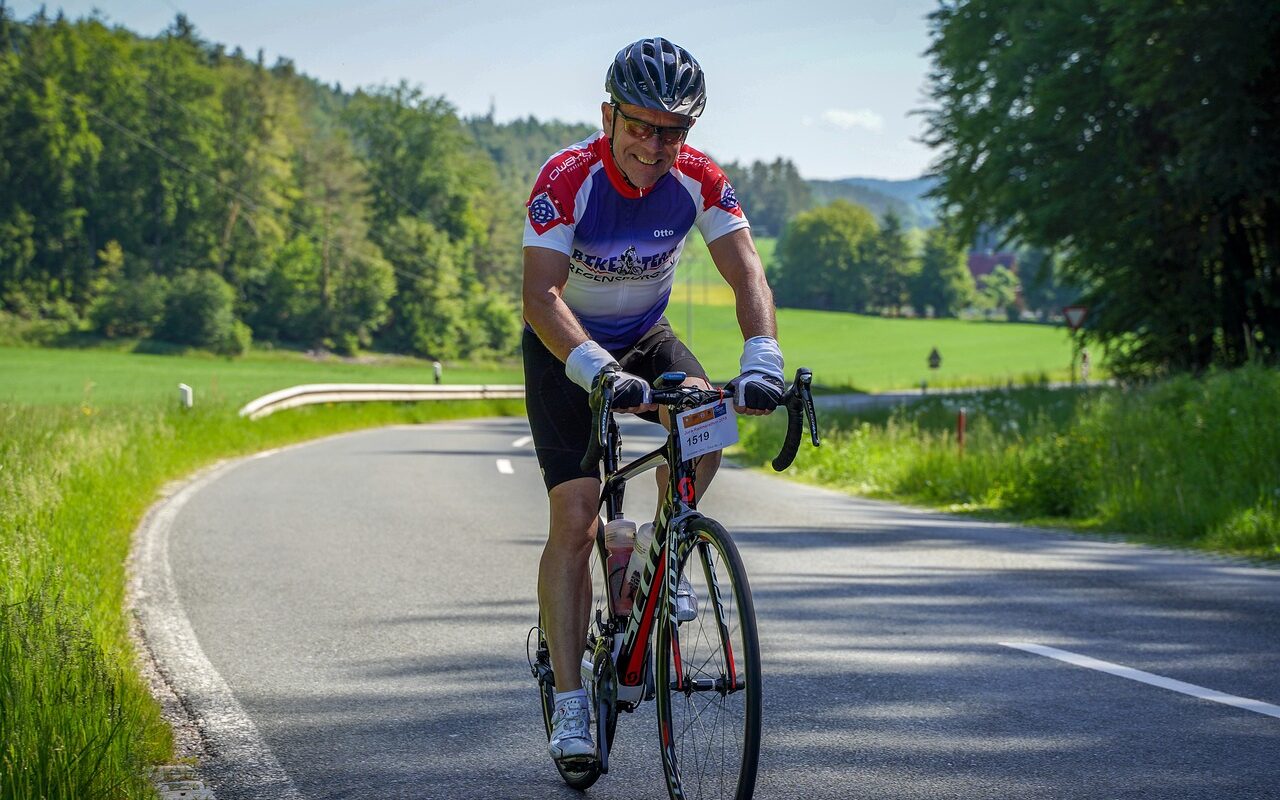Cycling is one of the most popular recreational and fitness activities. Whether you are a casual cyclist or a serious cyclist, choosing the right cycling wear is essential to make your rides comfortable and safe. The type of clothing you choose will depend on factors like the weather, the type and duration of your rides. This article discusses the different types of cycling wear and tips to choose the right outfit for your needs.
Jerseys
Jerseys are the most common top worn while cycling. They are designed to be breathable and wick sweat away from the skin to keep you dry. Jersey styles vary based on the type of riding.
– Road bike jerseys: Fit closely with pockets in the back for storage. Opt for light and breathable materials like polyester for warm weather rides.
– Mountain bike jerseys: Have a more relaxed fit with reinforced seams for off-road trails. Vents keep you cool on technical climbs.
– Triathlon/TT jerseys: Ultra-aerodynamic design with minimal seams and pockets. Worn for time trials and triathlons where aerodynamics matter.
– Winter jerseys: Made of materials like fleece lined for insulation on colder days. May have thumb holes to trap heat.
Bib Shorts/Cycling Shorts
No cycling outfit is complete without a pair of cycling-specific padded shorts or bib shorts. The padding provides cushioning and prevents chafing over long distances.
– Road bike shorts: Made of moisture-wicking materials like Lycra with slight padding. Sseamless design reduces chafing.
– Mountain bike shorts: Have additional padding and a more durable fabric to withstand falls and bumpy trails.
– Winter tights: Fleece-lined tights with full side zips for cool weather layering. Extra insulation keeps legs warm.
Gloves
Gloves are necessary for a comfortable grip and to protect hands from elements. Choose gloves based on weather and ride duration/purpose.
– Lightweight gloves: Thin lycra for warm rides. Provides grip without bulk.
– Insulated gloves: Fleece or warmers on back of hands for layering. Keeps hands warm in chillier weather.
– Mountain bike gloves: Reinforced palms with gel padding for shock absorption. Grippy palms for control.
Shoes and Cleats
Cycling-specific shoes with either clipless pedal systems or flat pedals provide an efficient power transfer.
– Clipless road shoes: Very light with stiff soles for pedaling efficiency. Compatible with cleat systems like SPD/Look.
– Mountain bike shoes: Stronger soles and lugs for walking. Compatible with flat or clipless pedals.
– Winter boots: Fully insulated waterproof boots for snow and slush. Usually compatible with flat pedals.
Headwear
Cycling caps/hats and helmets protect head from sun, rain and impact in case of falls.
– Cycling caps: Breathable fabrics, sometimes with vents or flaps at back for airflow.
– Helmets: Ventilated hard shell approved by safety standards. Must be replaced after impacts.
– Buffs/neck gaiters: Pull up as neck gaiter or down as headband. Moisture-wicking fabric.
– Sunglasses: Wraparound lenses with interchangeable lens for varying light. Some have removable leafs for low light.
Outerwear
Jackets, vests and windproof layers provide additional protection from elements.
– Windproof vest/jacket: Breathable and blocks wind while allowing moisture escape.
– Rain jackets: Fully waterproof and breathable hard shells. Event zippered vents.
– Winter jackets: Insulated, often with reflective details for low light visibility. Some have zip-out liners.
Other Accessories
– Gloves: Necessary for a comfortable grip and protecting hands. Choose based on temperature.
– Arm and knee warmers: Fleece or gel inserts add insulation without bulk. Great for variable temps.
– Bike packs: Hydration packs or saddle bags to carry essentials like tools, snacks and layers.
– Reflective details: Adding reflective items increases visibility in low light. Reflective cords, stickers or strips.
Key Takeaways
The right cycling outfit can improve comfort, performance and safety dramatically. Factors like weather, ride types and durations will dictate clothing choices. With some trial and error, find what works best for your personal riding needs and microclimate. Always wear a cycle approved helmet and focus on fit, breathability and weather protection. Staying well hydrated and fuelled makes long rides more enjoyable too.
In conclusion, cycling wear has come a long way in terms of fit, function and style. There are now specialized options for every type of rider and condition. Choosing cycling-specific kits will make your rides more comfortable while allowing your body to perform at its best. Always layer appropriately and never underestimate how weather can change mid-ride. The proper cycling attire elevates every ride.
*Note:
1. Source: Coherent Market Insights, Public sources, Desk research
2. We have leveraged AI tools to mine information and compile it



